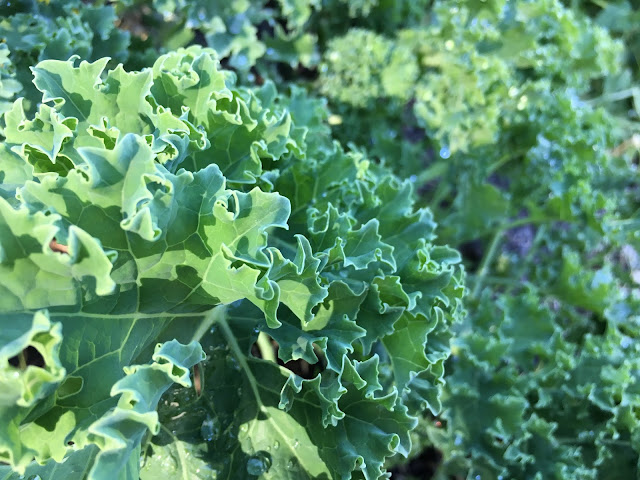In 1918 a total eclipse visited Idaho, and the path of totality was
just a few miles south of our own 2017 phenomenon. My Great Grandmother Just wrote about it in her diary. The family had traveled to
be with friends for the occasion. The eclipse arrived late in the day. She wrote simply:
“A jolly time, all were so happy.”
That’s a fine description for our 2017 experience as well. Nearly 100 years later we gathered at my cousin’s house which has a good view
of the mountains and the Snake River Valley below. It was a festive atmosphere. As we waited and watched, I ran in
and out of the house tending my crock-pot potatoes, losing my eclipse glasses often,
only to pick up random pairs that were lying about for just such an emergency.
As the time neared, we saw that the dappled light coming through
the trees had turned into a sprinkling of crescents. The light turned the color of
honey, the air cool. We put sweaters on over our summer clothes. At seven
minutes to totality my sun-sensitive glasses went clear. And along the horizon
behind us a “storm” of violet-grey appeared.
As the slide to totality commenced, I couldn’t sit still and
climbed over the fence to the horse pasture. Seth and Leah followed. Then we
were caught up in the wonder of it. The moment our glasses went black, we
threw them off to see the moon surrounded by a halo of light. Totality is a 360
degree experience. Stars appeared and we threw up our arms and turned in
circles and cried and whooped. I agree with someone who called it a “primeval thrill.”
It was grand!
Then, oh so quickly and much too soon, the “diamond ring”
appeared as the sun gleamed out on the opposite side, and within seconds the impalpable half-light was back and the lunar march across the sun continued.
We immediately felt a kinship with those around us who had experienced the thrill as well. We shared the day with family and with strangers from Minnesota who had
been planning the trip for three years and by chance ended up in Idaho.They were delighted to
have found the perfect hillside for viewing the excitement. We’ll never see
them again, but we are strangers no more.
When we returned home, an unexpected line of traffic, no doubt helped by Google Maps, sped past the ranch on our own country road in an attempt to bypass the interstate and highway.
That evening I lingered outside at dusk to see if the rays
of the setting sun resembled those of the eclipse. Was it this dark, I
wondered? How about now? But day by day, nature doesn’t replicate the ethereal
light of a total eclipse.
Some called it God’s handiwork. I can buy that, but let’s
not forget the lowly human scientists who predicted the eclipse to the minutiae of detail. It’s science that figured out the moon is 400 times smaller than the sun. And the curious fact
that it is 400 times closer to us, which means
the two orbs are the same size when viewed from Earth as their masses overlap.
I can only imagine Grandma Emma’s eclipse experience. They
did have "solar" eyeglasses in 1918 and smoked glass for viewing, but
who knows if the aids made it to rural Idaho. I do know they didn’t get home
until 11:30 pm that night so would have traveled home in the dark, perhaps by buggy. And surely
with a newfound sense of awe. She also said they used their first ice of the
season on that warm June day. Cut from the river during the winter and stored
in the ice house, then brought out for just such a celebration. Imagine!
Since the eclipse, I have been appreciating our dawns and
dusks anew. Our planet spins on its axis to create day and night. It orbits the
sun to create the seasons. And all around us an incredible diversity of life has
evolved in sync with those cycles. Bats and owls and nighthawks soar in the
darkness. Nocturnal mammals, the raccoon, badger and cougar prowl, as we homo
sapiens on an opposite cycle, sleep. And seasonally, grasses drop seed and go
dormant, squirrels and bears hibernate, insects burrow, and songbirds and
whales migrate. Let’s not forget this feeling of majesty and mystery we were
lucky enough to witness, and step back in honor of a solar system that makes it
all possible.












